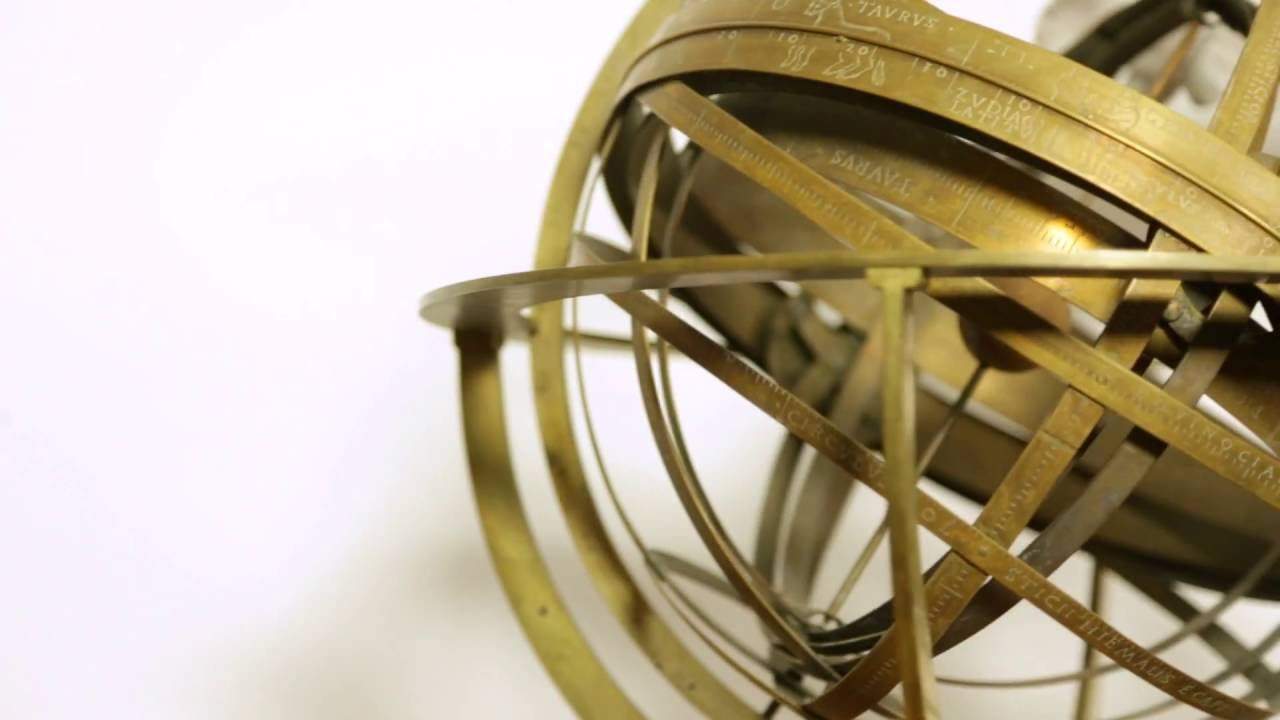The new “Giovanni Poleni” Museum of Physics at theUniversity of Padua, dedicated to physicist Giovanni Poleni (Venice, 1683 - Padua, 1761), esteemed by Euler, Newton, Leibnitz and Cassini, a member of the leading European academies, and the author of countless scientific contributions (at the University of Padua he was over time entrusted with as many as five chairs in the disciplines of astronomy, natural philosophy, mathematics, physics and nautics), will be presented on August 30.
The history of the museum is very old and has its roots in Poleni’s own creation of the Physics Cabinet at the University of Padua in 1739: the cabinet collected a number of objects that were to be used to illustrate with practical examples the contents of the lectures on experimental physics that Poleni gave at the University of Padua. The cabinet collected as many as four hundred instruments and was one of the richest of its kind in Europe: about one hundred of these have come down to the present day and constitute the core of the museum, which has since been enriched over the course of three centuries. Today’s museum, on the other hand, dates back to the arrangement of the collection that took place in the 1970s thanks to the contribution of Gian Antonio Salandin, then a professor at the Department of Physics, who studied and saved the collection of physics instruments of the University of Padua, which, in 1937, had been transferred from Palazzo del Bo to the building on Via Marzolo that had become the seat of the then Institute of Physics (and still houses the “Galileo Galilei” Department of Physics and Astronomy). The collection today includes about seven hundred exhibits, plus others kept in storage.
The new “Giovanni Poleni” Museum of the University of Padua, which represents an evolution and update of the Museum of the History of Physics, now stands as a sort of “journey through time,” from the Physics Cabinet started in Padua by Giovanni Poleni in 1739, to the latest research in the field of Physics. What the university has put together for its physics collection is a presentation intended to be engaging and exciting, and aimed at highlighting not only the many stories connected to the various instruments, but also the beauty of many objects, which are displayed almost like works of art. The idea is to take the visitor into the heart of the Physics Cabinet of Padua, from the 18th century onward, until presenting the work of today’s physicists in a small temporary section where instruments of the 21st century will gradually be displayed. For the opening, a piece of CMS, one of the detectors at CERN’s LHC in Geneva, will be on display.
The objects themselves will be the absolute protagonists of the “Giovanni Poleni” Museum: each of them tells multiple stories that the new exhibit aims to bring to light. Among the many objects on display: the instrument used by Poleni in the verification of statics and in the restoration of the dome of St. Peter’s in the Vatican, thermometers signed by Angelo Bellani, the model of a pile driver with which was rebuilt in the mid the eighteenth century Palladian bridge in Bassano, a nineteenth-century one of a steam engine designed for the tobacco factory in Venice, one of the first photovoltaic cells invented and made by Augusto Righi in 1888, an extraordinary collection of X-rays made by Giuseppe Vicentini between Jan. 16-18, 1896 only two weeks after the invention of X-rays, instruments for studying cosmic rays, and many others such as microscopes, galvanometers, instruments for studying the redoing and laws of Physics.
Pictured: detail of the 16th-century armillary sphere preserved in the museum.
 |
| New Museum of Physics opens in Padua, dedicated to Giovanni Poleni |
Warning: the translation into English of the original Italian article was created using automatic tools. We undertake to review all articles, but we do not guarantee the total absence of inaccuracies in the translation due to the program. You can find the original by clicking on the ITA button. If you find any mistake,please contact us.